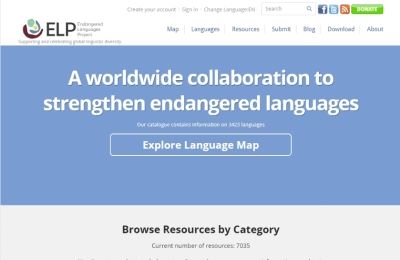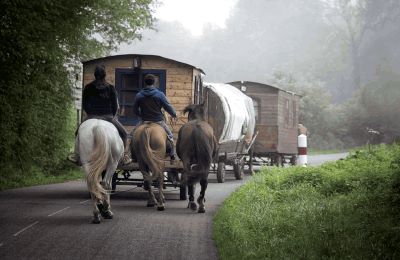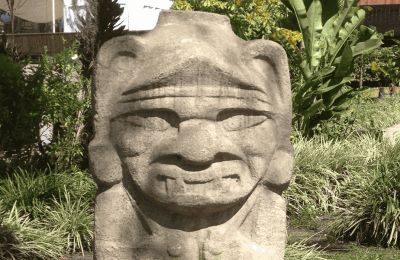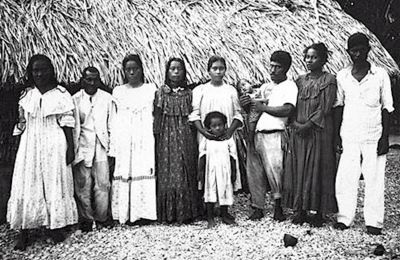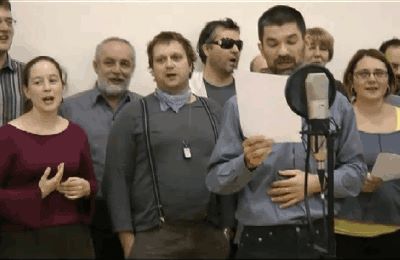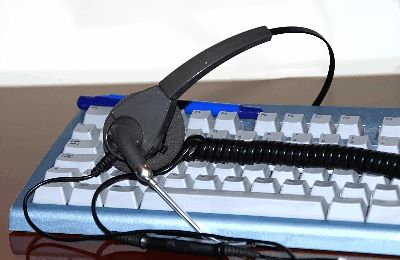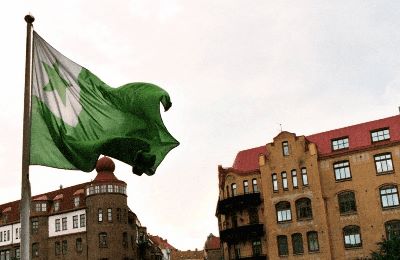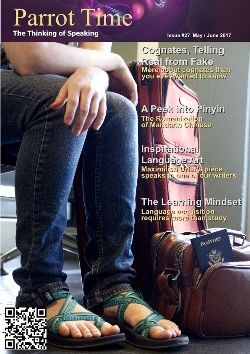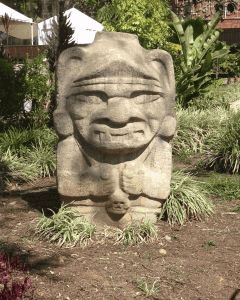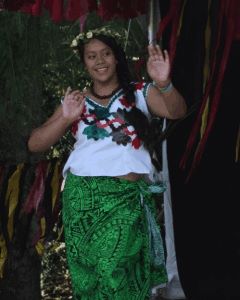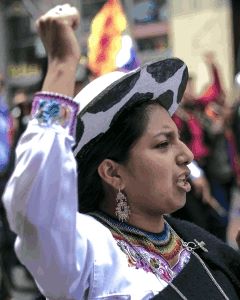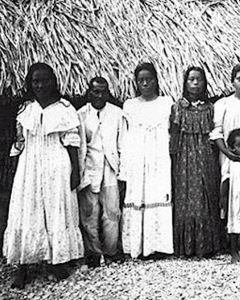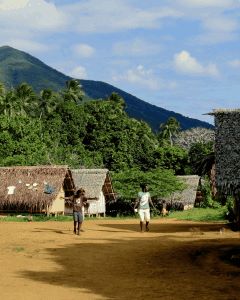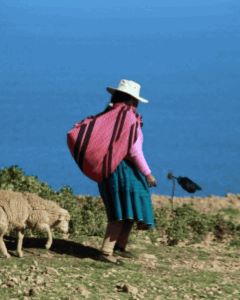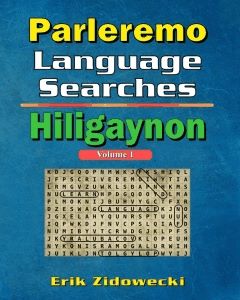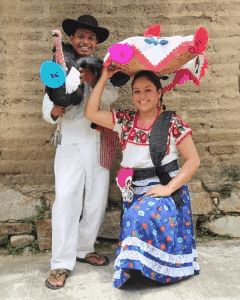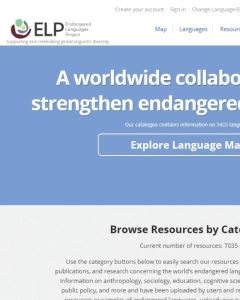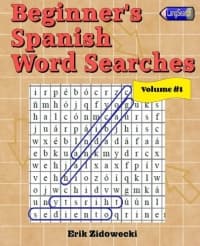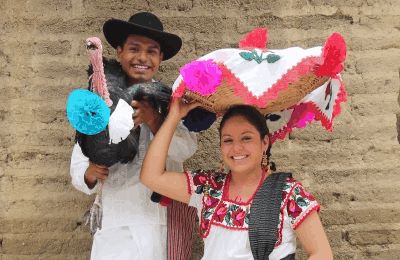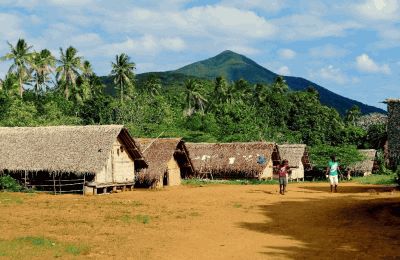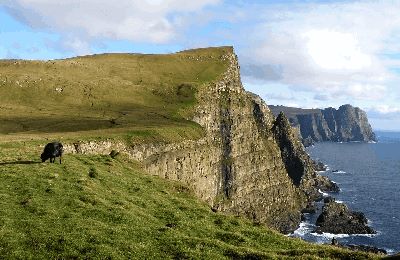
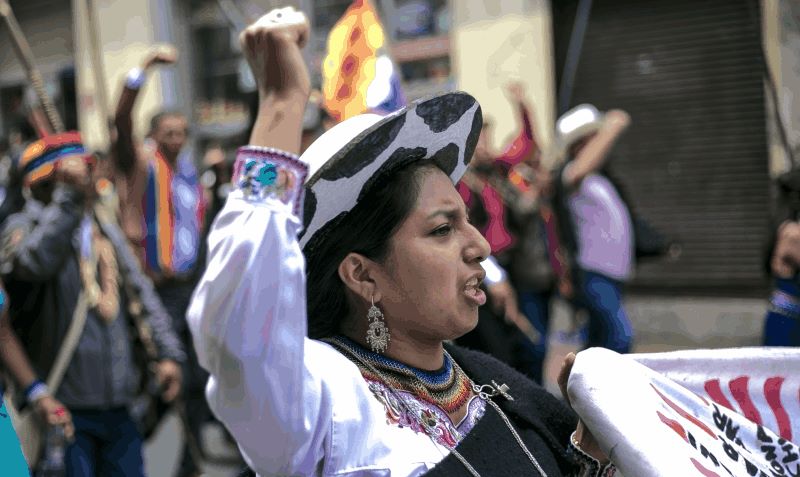 If you are reading this, you probably already have an interest in languages. Perhaps it is more of a passion. If so, then you are not alone. Everyone uses a language, and over the centuries, thousands of languages have been created to give voice to about as many cultures and heritages. Whether the topic is the plan for a hunt in an African village or what to order in the swankiest restaurant in Paris, languages are put to use. If your passion is for languages, then you are probably well aware of the tragic reality of how many of these glorious languages have become or are in danger of becoming extinct. With every language that is lost, we lose a unique culture and a part of our collective world dies. To most people, this threat is unknown. Indeed, most people have no concept of just how many languages (over seven thousand) there are in the world. They could probably only name a handful of them. The main reason for this is that most of the languages that are dying off are the ones that have been oppressed and replaced by those well-known languages. It isn't Italian, Portuguese, or Japanese that are in danger. It is their lesser siblings like Sardinian, Tupari, and Ainu which are rapidly approaching a cliff. Just how grave is the projection for the future?. While thousands of languages have gone extinct in the last few centuries, it is estimated that 40-50% of the remaining seven thousand languages are endangered, with most of them being indigenous ones. Many groups and organizations around the internet and the world are working to save these languages, but with most of the population not understanding the danger, they get little attention or support. Which brings us to 2019, which has been declared the International Year of Indigenous Languages in the hopes to change the trajectory and make the plight of indigenous languages known to the larger world population. But how did such an idea for a dedicated year come to be? United Nations Permanent Forum on Indigenous Issues At the World Conference on Human Rights in Vienna, Austria in 1993, it was recommended that a forum be created within the United Nations to deal with issues concerning indigenous languages. A group was assembled and after more meetings and work, it eventually became the Permanent Forum on Indigenous Issues (PFII) in 2000 and reported to the UN's Economic and Social Council (ECOSOC). Its primary purpose was to be the central coordinating body for issues relating to the concerns and rights of the world's indigenous peoples. Here, "indigenous person" is defined as a native, original, first people and aboriginal. With more than 370 million indigenous people in around 70 countries worldwide, the forum would play a key role as advisors in the United Nations framework. Red Flags Raised Over the next decade and a half, the world saw a loss of too many indigenous languages as they passed into extinction. In 2016, the PFII raised the warning that 40 per cent of the world’s estimated 6,700 languages were in danger of disappearing, with most of the those belonging to indigenous peoples. As an example, of the estimated original 250 Aboriginal and Torres Strait Islander languages In Australia, less than 120 are still spoken, and of those, approximately 90 per cent are endangered. So, the UN did what it always does when there is a problem; it passed a resolution. Thus, in 2016, the United Nations General Assembly adopted a resolution (A/RES/71/178) which proclaimed that 2019 would be the International Year of Indigenous Languages. The goal of this would be to raise awareness of the threat of extinction to indigenous languages worldwide. They wanted to show a link between language and development, peace, and reconciliation. UNESCO Steps In  The United Nations Educational, Scientific and Cultural Organization, known simply as UNESCO, is a specialized agency of the United Nations based in Paris which works to achieve peace and security through the promotion of international collaboration in educational, scientific, and cultural reforms. You have probably seen its hand in declaring special places and structures as protected from damage and destruction in order to maintain their historical and artistic values. UNESCO has joined with the PFII to host various events of the International Year of Indigenous Languages (IYIL). They will strive to promote, support and preserve indigenous languages at all levels, be it local, national, or international. According to the UN site, there is a plan to tackle the problem of the dying languages in five key ways:
1. Increasing understanding, reconciliation and international cooperation. As events surrounding this take place all year, we decided to do our part with this special issue of Parrot Time. To find out more, you can visit the IYIL here: https://en.iyil2019.org/ |
| An Indigenous Year | |||
| Writer: | Erik Zidowecki | ||
| Images: | |||
| |||
All images are Copyright - CC BY-SA (Creative Commons Share Alike) by their respective owners, except for Petey, which is Public Domain (PD) or unless otherwise noted.
|
Searching for language resources? Scriveremo Publishing, has lots of fun books and resource to help you learn a language. Click the link below to see our selection of books, availlable for over 30 langauges!
| |
comments powered by Disqus

